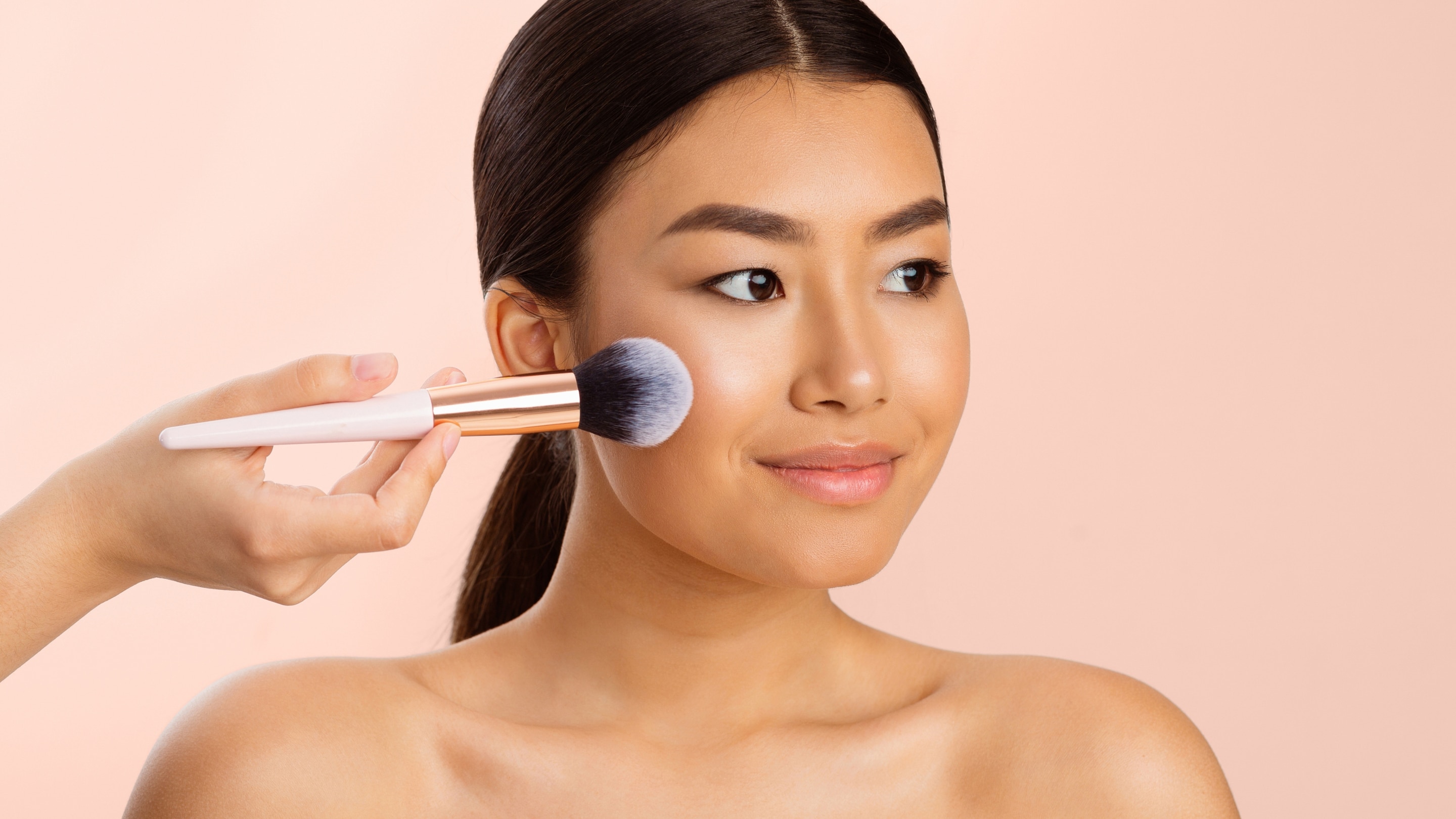Let's be honest — "bronzer vs contour" is one of those makeup debates that can leave even beauty lovers a little confused. They both come in similar shades, often sit side by side in your makeup kit, and seem to do somewhat the same job — adding warmth and definition to your face. But here's the truth: while both are essential for creating a sculpted, sun-kissed look, they each serve very different purposes.
In 2025, makeup is all about soft definition and natural glow. Gone are the days of heavy contour lines and overly bronzed cheeks. The new trend? Effortless radiance, and that's exactly what you'll master once you understand how bronzer and contour work together.
So, whether you're new to face sculpting or just want to perfect your technique, this guide breaks down what is bronzer vs contour, where to apply them, how to use them like a pro, and which products are worth investing in.
01What Is Bronzer and What It Does
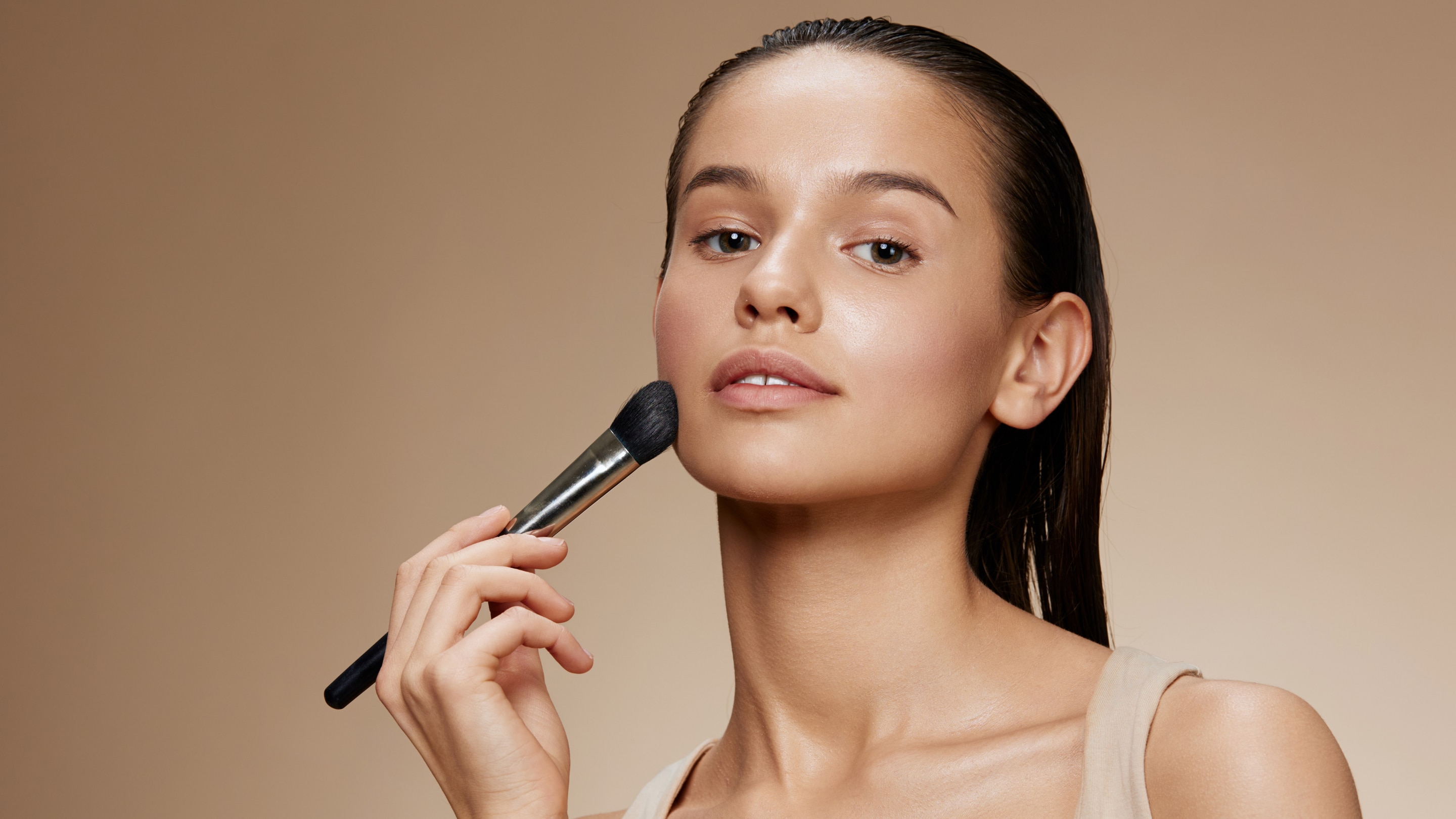
Think of bronzer as your sunshine-in-a-compact. Its main job is to bring warmth, colour, and a healthy glow back to your face, just like you've spent the day under the sun (without the sun damage, of course). What it does:
- Adds warmth and a sun-kissed finish to your skin.
- Gives life to dull or pale complexions.
- Enhances your overall glow, especially during winter months.
- Softens the look of heavy makeup by adding a natural flush.
Bronzer is your go-to when your complexion feels flat or tired. It's typically applied to the high points of your face, the areas the sun would naturally hit, like the temples, cheekbones, and nose bridge. If you're looking for a do-it-all palette, the Lakmē Absolute Facelift Palette is a great choice. It includes bronzer, contour, and highlight shades in one sleek compact, perfect for warming up your complexion while adding subtle dimension.
02What Is Contour and What It Does
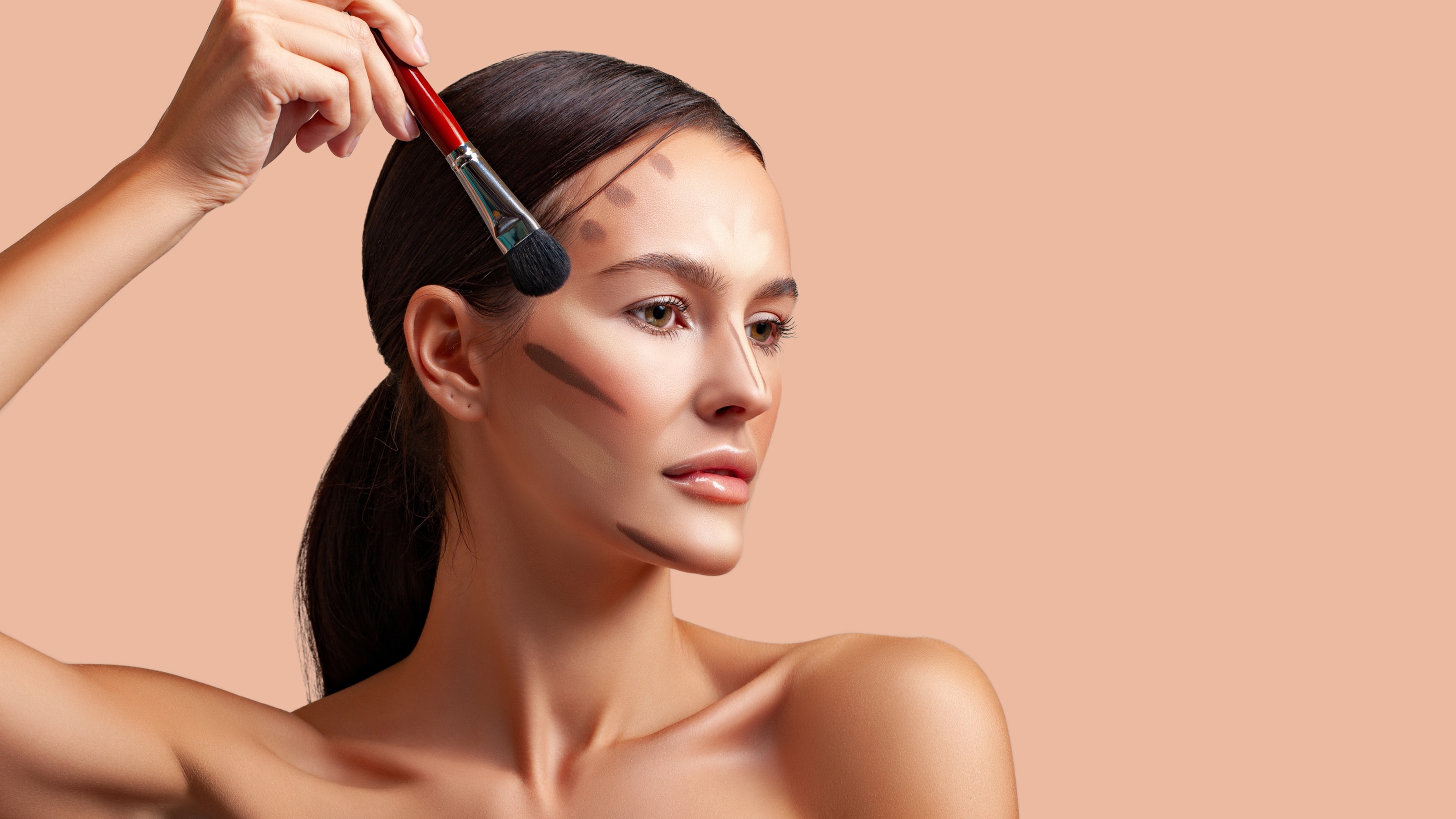
Contour, on the other hand, is your secret weapon for creating shadows and structure. It's less about adding warmth and more about defining your facial features. Think of it as sculpting your face rather than tanning it. What it does:
- Defines cheekbones, jawline, and nose for a chiseled effect.
- Adds depth and dimension to the face.
- Enhances bone structure for a lifted appearance.
- Balances facial proportions and refines your natural features.
Contouring products usually come in cool or neutral undertones to mimic real shadows on your skin.
03Bronzer vs Contour: Key Differences
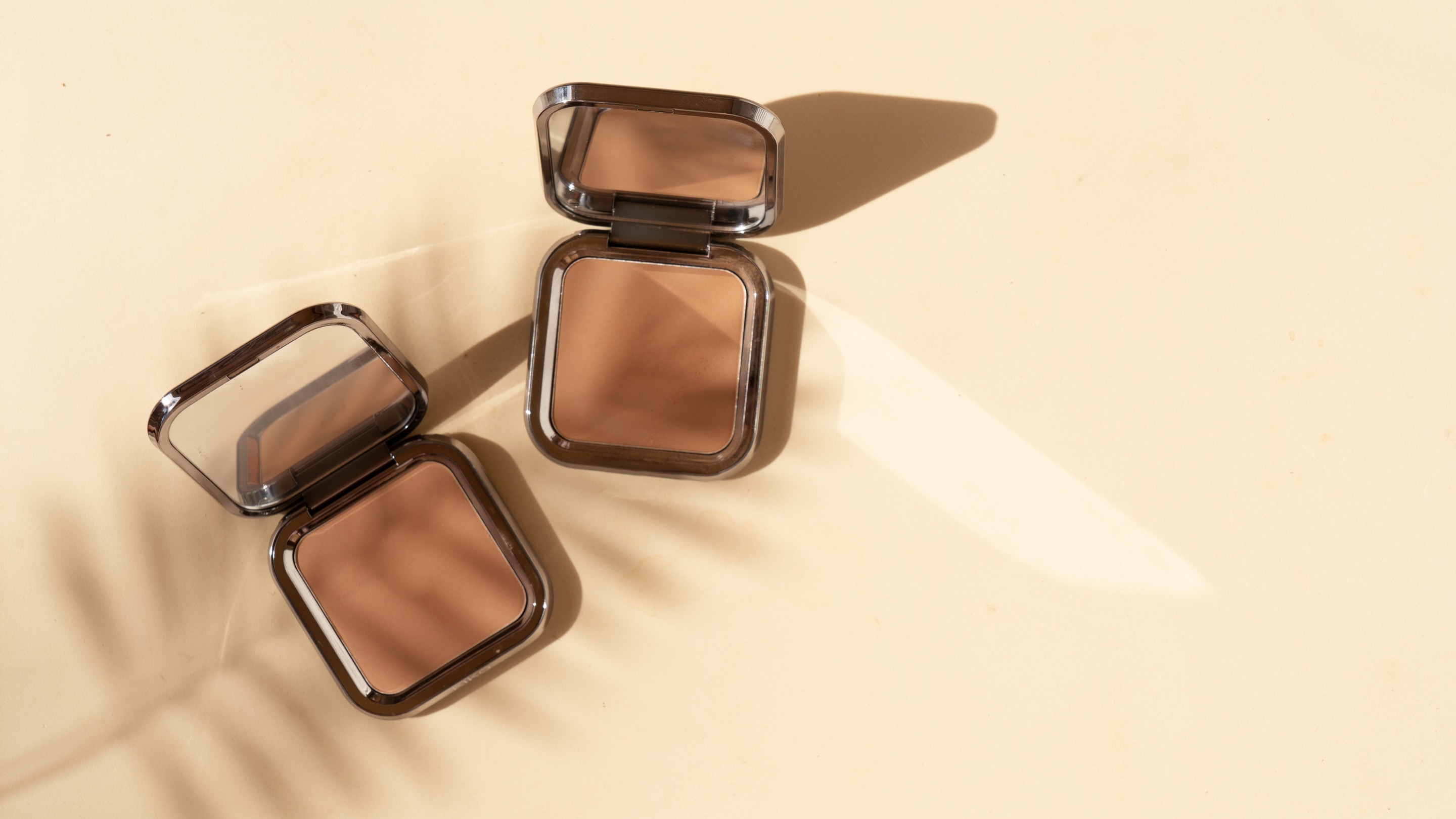
The bronzer vs contour difference lies in their undertone, purpose, and placement.
Bronzer is all about adding warmth and a soft, sun-kissed glow to your face — think of it as mimicking where the sun would naturally hit your skin. It usually has a warm undertone and sometimes a slight sheen, and is applied to the temples, cheeks, and nose to make your complexion look healthier and more radiant.
Contour, on the other hand, is designed to add depth and definition. It mimics natural shadows, so the shades are usually cooler or more neutral rather than warm. You apply contour to the hollows of your cheeks, along the jawline, and the sides of your nose to create structure and enhance your bone features.
In short: bronzer brings warmth out, while contour pushes areas back to subtly sculpt and shape the face. They're different in purpose, tone, and placement, but when used together, they balance each other beautifully for a natural-looking, lifted effect.
04How to Apply Bronzer vs Contour
Step 1: Prep Your Skin

Start with clean, moisturised skin. Follow with foundation or BB cream to even out your base.
Step 2: Apply Contour

- Use a contour stick or powder two shades darker than your skin tone.
- Apply it under your cheekbones, along your jawline, and the sides of your nose.
- Blend upwards and outwards using a makeup sponge or brush for a seamless finish.
Step 3: Apply Bronzer

- Use a fluffy brush to sweep bronzer over the high points — forehead, temples, cheeks, and nose bridge.
- Think of a soft "3" shape from your forehead to your cheekbones and then along your jawline.
- Blend well to avoid harsh lines.
Step 4: Finish the Look
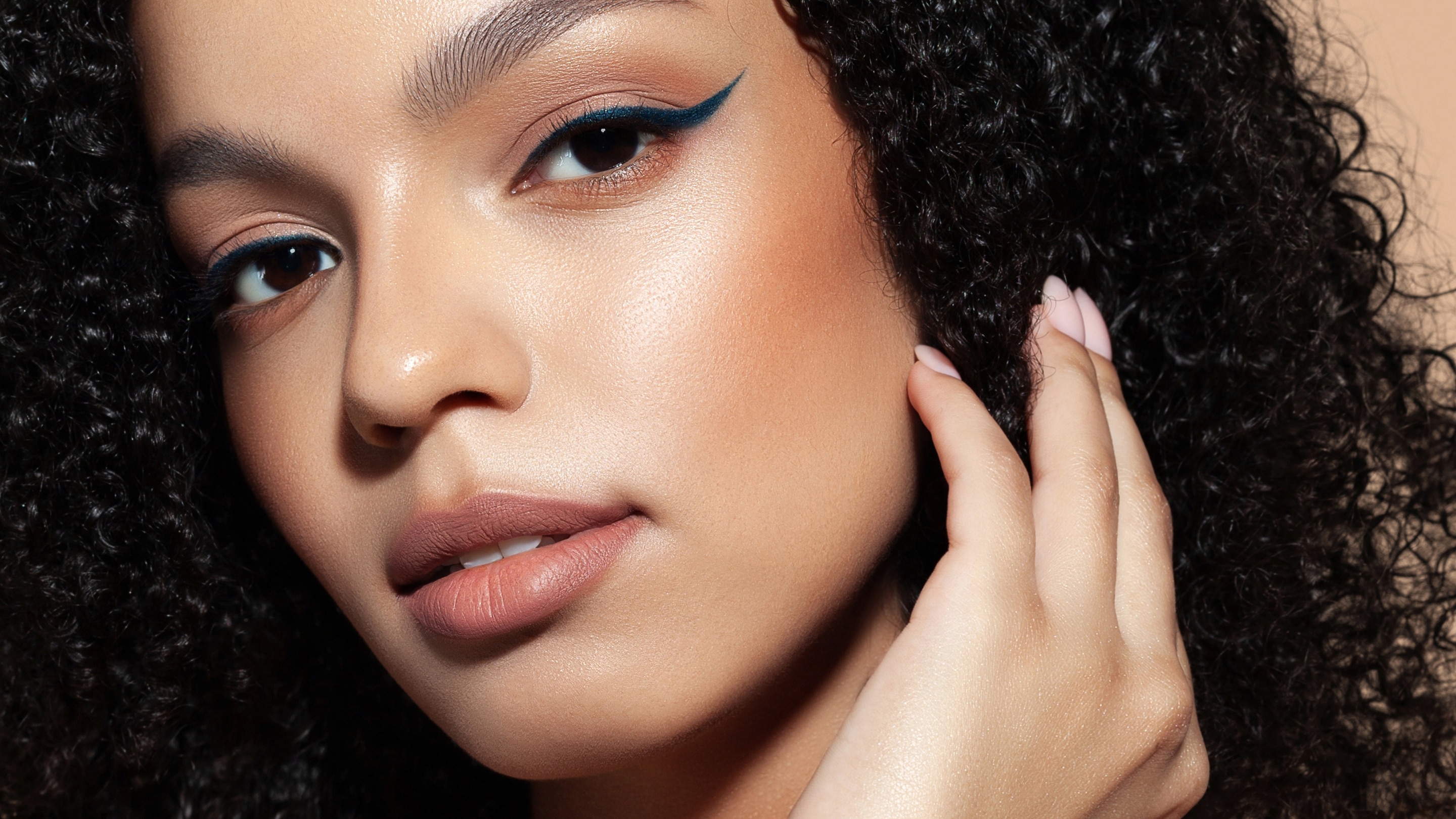
Set everything with a light dusting of translucent powder and finish with blush and highlighter for a radiant, natural glow.
If you ever forget where to apply bronzer vs contour, just remember: bronzer mimics sunlight; contour mimics shadows.
05Common Mistakes to Avoid
Even makeup pros slip up sometimes, so here are the most common mistakes to dodge:
- Using bronzer as contour (and vice versa).
- Choosing shades that are too dark or too orange.
- Skipping blending — harsh lines ruin the illusion.
- Applying bronzer all over the face instead of strategic areas.
- Forgetting to match undertones with your skin type.
- Over-contouring for everyday wear — subtlety is key!
06Expert Tips for Natural Definition
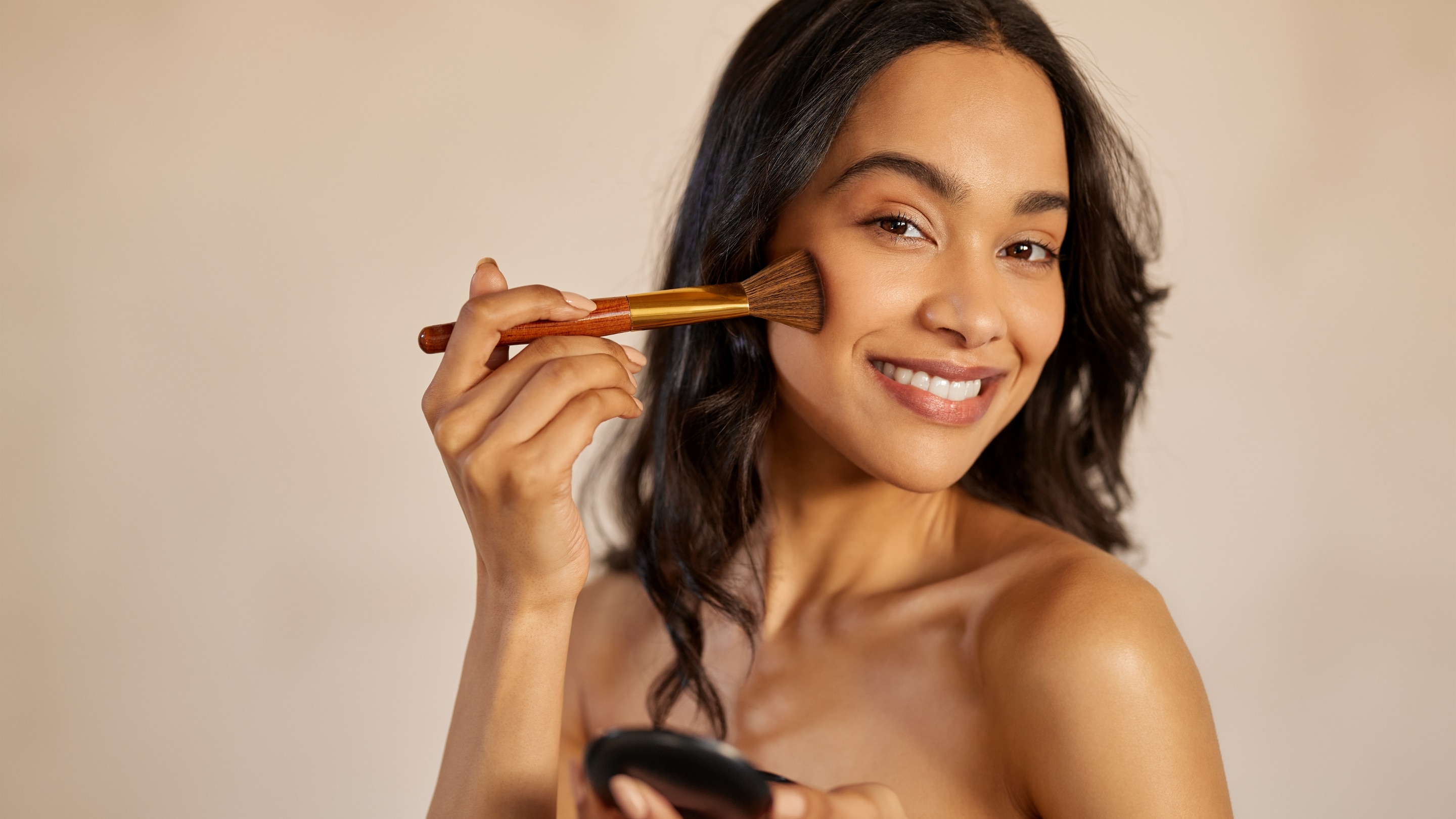
Achieving that "I woke up like this" definition takes a few insider tricks. Here's what makeup artists recommend:
- Light layers always win: Build your contour gradually — it's easier to add more than to fix too much.
- Blend with the right tools: Use a dense brush for contour and a fluffy one for bronzer.
- Mix cream and powder: Apply cream contour first for shape, then layer powder bronzer for warmth.
- Mind your lighting: Apply makeup in natural light for an even, realistic finish.
- Set your makeup: A light setting spray locks in that sculpted glow all day.
07Recommended Bronzer & Contour Products
If you're ready to upgrade your sculpting game, here are a few editor-approved picks that make blending a breeze:
-
Lakmē Absolute Facelift Palette: A multi-tasking palette that lets you contour, bronze, and highlight — all in one go. Perfect for beginners and experts alike.
-
Lakmē Facelift Multislayer Contour Stick: Creamy, travel-friendly, and easy to use. Just swipe, blend, and you're done — ideal for quick morning routines or on-the-go touch-ups.
Both options work beautifully across Indian skin tones, offering natural warmth without heaviness. In the bronzer vs contour debate, there's no "one's better than the other" it's about using them together to achieve balance. While bronzer adds life and warmth, contour defines and sculpts. When applied correctly, the two create a harmonious, natural-looking radiance that flatters every face shape. So the next time you're doing your makeup, think of contour as your subtle shadow and bronzer as your soft sunshine, and let them work together for that effortlessly sculpted glow.
08FAQs
1. Can I use bronzer and contour together?
Absolutely! Use contour for definition and bronzer to add warmth for a balanced, glowing look.
2. What’s the main difference between bronzer and contour?
Bronzer adds warmth and a sun-kissed glow, while contour sculpts and defines facial features.
3. Where to apply bronzer vs contour?
Apply bronzer to areas where the sun naturally hits — forehead, cheeks, and nose. Contour goes under cheekbones, along the jawline, and sides of the nose.
4. Can beginners contour without it looking too heavy?
Yes! Use a creamy formula like the Lakmē Facelift Multislayer Contour Stick for easy blending and buildable definition.
5. Which product is better for everyday wear — bronzer or contour?
Bronzer is perfect for daily wear as it gives a fresh, radiant look without too much effort.

